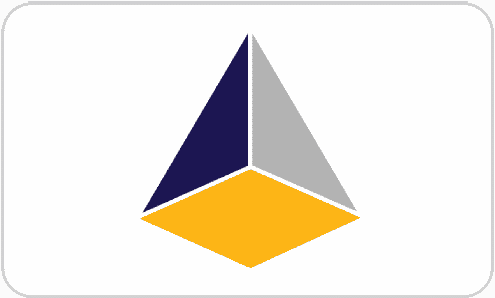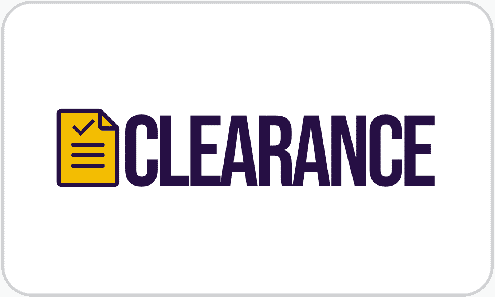BS Marine Biology Freshmen conduct Seagrass Percent Cover Assessment
By Celso C. Almirol, USTP Panaon BSMB Faculty
Share:
One-hundred six (106) freshmen students taking Bachelor of Science in Marine Biology (BSMB) from the University of Science and Technology of Southern Philippines (USTP) in Panaon, Misamis Occidental, under the supervision of Mr. Celso C. Almirol, USTP Panaon BSMB Faculty, conducted an assessment of seagrass percent cover at Punta Tumoy, Punta, Panaon, Misamis Occidental, last March 30 and April 3-4, 2023.
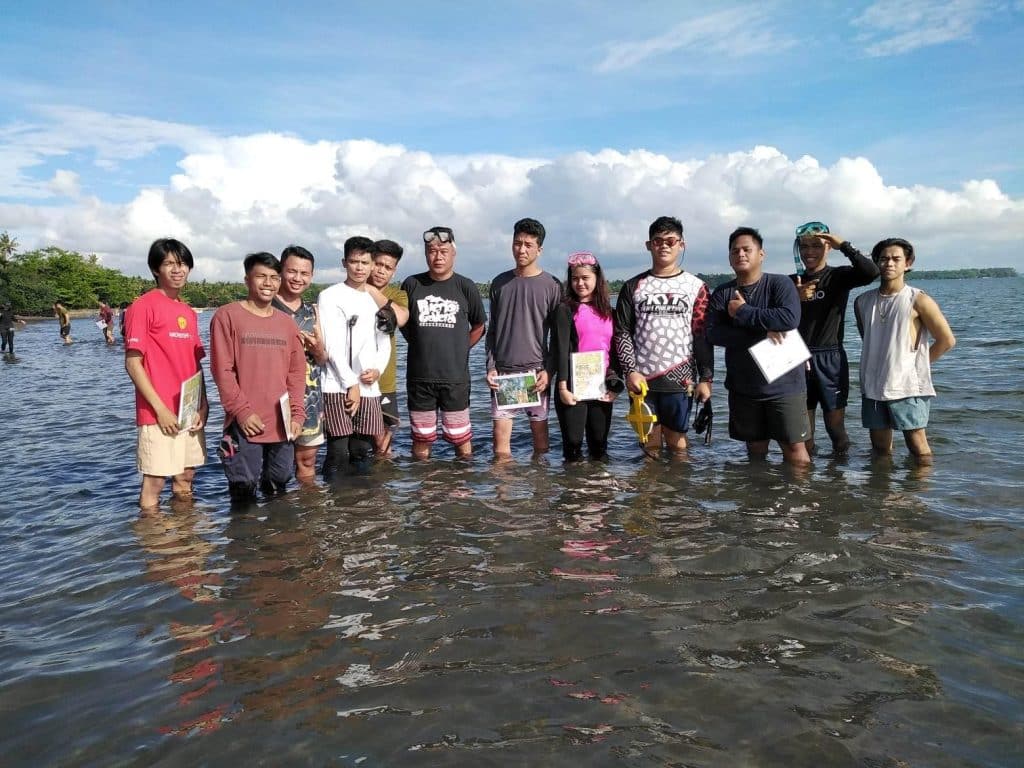
The vitality of coastal ecosystems is greatly influenced by seagrasses, which are significant marine plants. In addition to providing habitat for different fish and invertebrate species, they also stabilize silt, lessen erosion, and contribute to improved water quality by filtering nutrients and trapping sediment. Monitoring seagrass percent cover is crucial for determining the distribution and health of seagrass meadows.
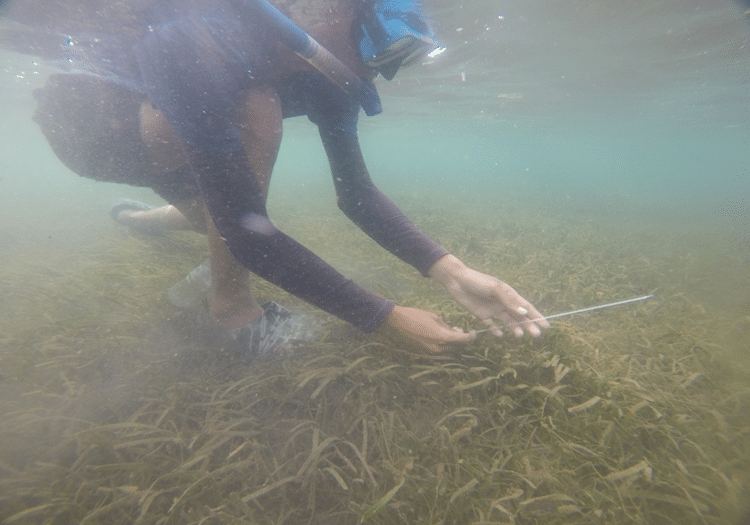
Usually, a grid-based approach is used to calculate the percentage of seagrass cover. This entails laying a grid or quadrant across the seagrass bed and counting how many grid squares are covered in seagrass. The percentage cover is then determined by dividing the total number of grid squares by the number of grid squares that have seagrass.
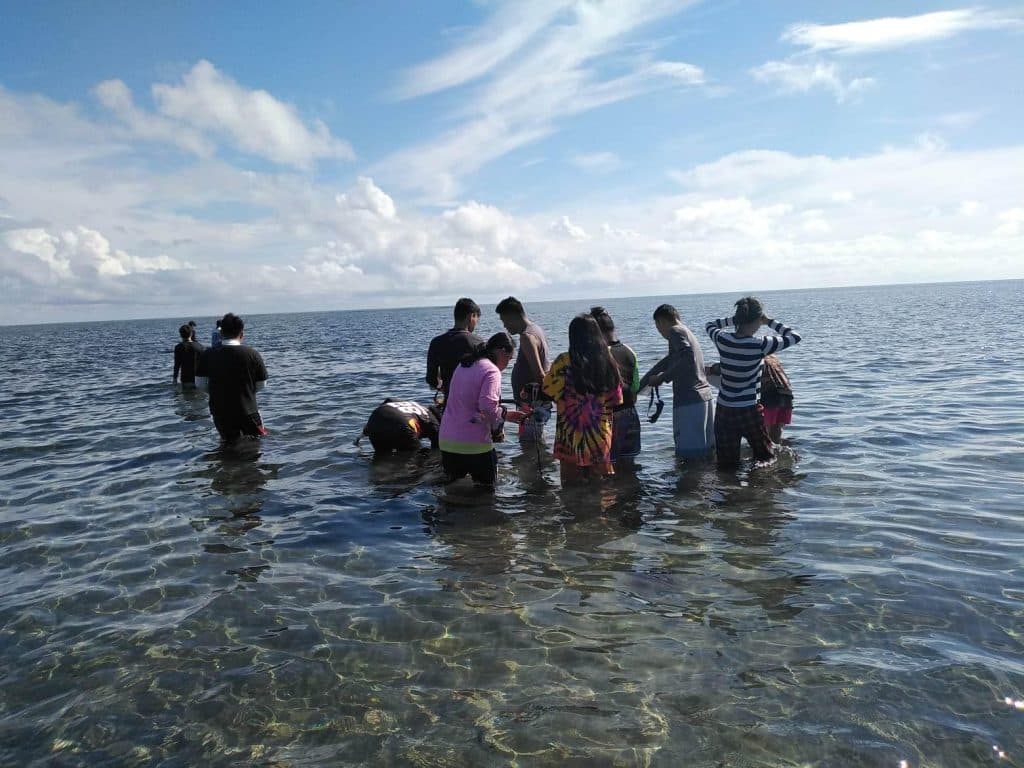
Percent cover data can be used to assess seagrass biomass and production in addition to providing a measurement of the extent of seagrass coverage. Productivity gauges the rate at which seagrass is expanding and generating new biomass, which is the total amount of living matter in a specific area.
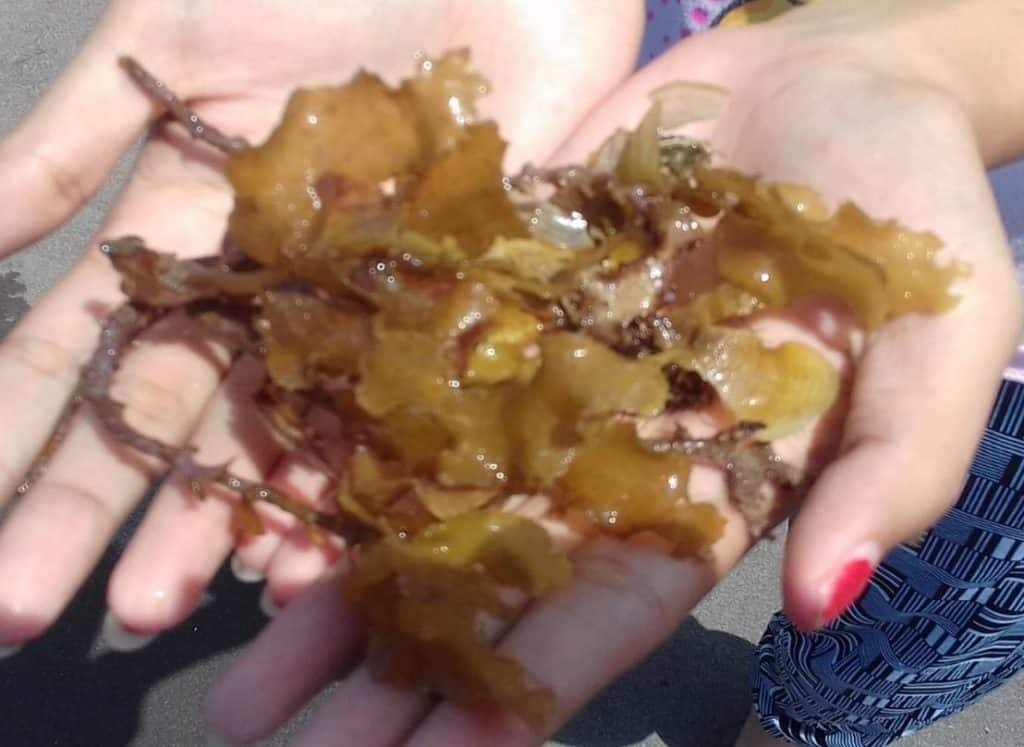
As a result, a total of 8 species of seagrass were recorded, namely; Thalassia hemprichii, Cymodocea rotundata, Cymodocea serrulata, Enhalus acoroides, Halophila ovalis, Halophila minor, Halopohila decepiens, Syrongodium isoetifolium, Halodule pinifolia, and Halodule uninervis. Among these seagrass species, Thalassia and Cymodocea species dominated the area with 45% cover followed by Halophila (30%), Halodule (25%), Enhalus (20%), and Syringodium (15%).



